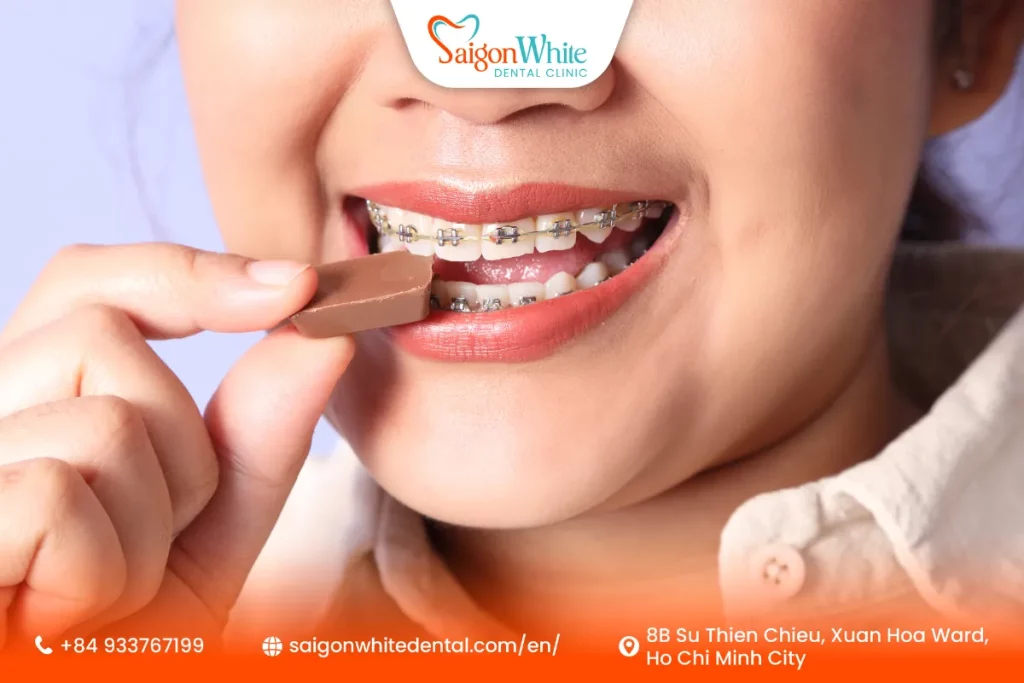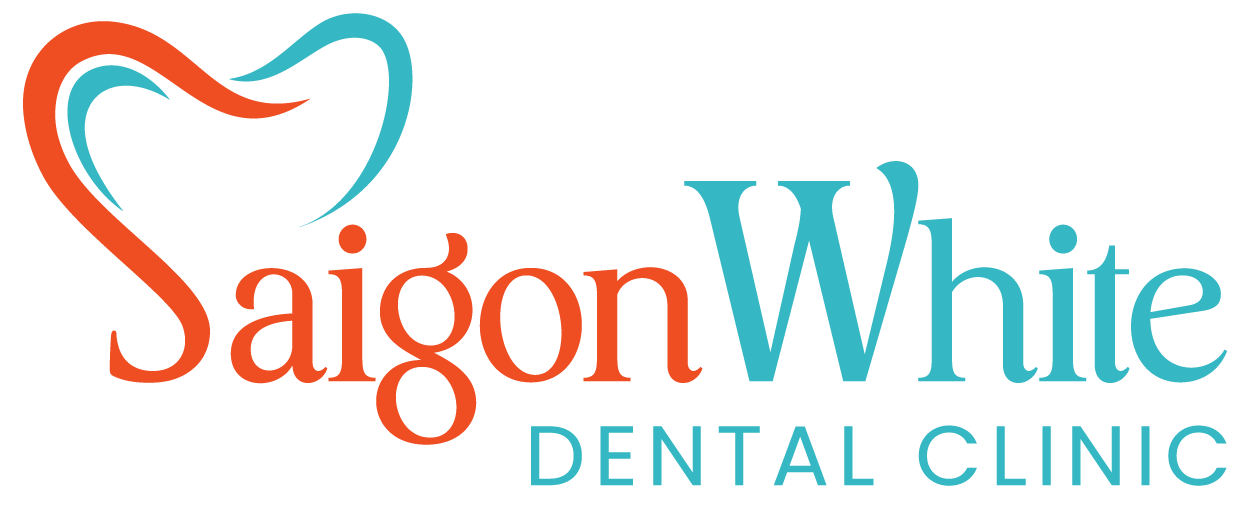Getting braces is a big step toward a healthier and more beautiful smile. Whether you’re correcting crooked teeth, closing gaps, or improving your bite, braces can dramatically transform your dental health and appearance. However, what you eat during orthodontic treatment plays a critical role in how effective and smooth your journey will be.
Many patients ask: “What foods should I avoid after getting braces?” This article answers that question in detail — with tips, examples, and advice to help you protect your braces and smile confidently.

Why You Need to Avoid Certain Foods After Getting Braces
Braces consist of delicate brackets, wires, and bands that work together to move your teeth into the desired position. While strong in function, these components are not invincible. Certain foods can:
- Break or bend brackets and wires
- Stick to hardware and increase plaque buildup
- Causes discomfort during the early stages of treatment
- Prolong your treatment time if damage occurs
Maintaining a braces-friendly diet helps prevent unnecessary repairs and ensures your treatment stays on track.
Categories of Foods to Avoid With Braces
Let’s break down the main categories of foods that can cause issues when you have braces.
1. Hard Foods
Hard foods can snap wires or dislodge brackets, especially if you bite directly into them.
Avoid:
- Ice cubes
- Hard candy (e.g., jawbreakers, lollipops)
- Raw carrots
- Nuts (almonds, peanuts, cashews)
- Popcorn kernels
- Corn chips
- Pretzels
- Crusty bread or pizza crust
These foods can easily apply too much force on your brackets or wires. Even something as simple as biting into a baguette can trigger an orthodontic emergency.
2. Sticky Foods
Sticky substances can wrap around brackets and wires, making them difficult to clean and increasing the risk of tooth decay.
Avoid:
- Chewing gum (even sugar-free)
- Caramel
- Taffy
- Gummy bears
- Fruit snacks
- Sticky rice cakes or mochi
- Licorice
These foods not only pose a cleaning challenge but also tend to tug at orthodontic appliances, possibly loosening them.
3. Crunchy Foods
Crunchy snacks and foods can exert sudden pressure on the brackets, leading to potential damage.
Avoid:
- Potato chips
- Popcorn
- Granola
- Cereal (especially uncooked or hard varieties)
- Toasted bread
- Tacos with hard shells
- Croutons in salads
Instead of crunchy snacks, opt for softer options like rice cakes, soft tortillas, or oatmeal.
4. Sugary Foods and Drinks
Sugary treats don’t directly damage your braces, but they do pose a serious threat to your oral hygiene. With braces, it’s harder to brush and floss thoroughly, which makes it easier for sugar to stick and cause decay.
Avoid:
- Soda (Coca-Cola, Sprite, etc.)
- Sweetened iced tea
- Energy drinks
- Sports drinks
- Candy (especially hard and sticky kinds)
- Cakes and frosted pastries
Excess sugar trapped around your brackets and gums can lead to white spot lesions, cavities, and even gum disease.
5. Chewy Foods
Chewy items may not be as damaging as hard foods, but they can still loosen brackets or cause discomfort.
Avoid:
- Bagels
- Beef jerky
- Pizza crust
- Thick, chewy bread
- Steak or tough meats
Even foods like sushi rolls with seaweed can be too chewy and difficult to manage during the early phases of wearing braces.
6. Foods You Must Bite Into With Front Teeth
Biting directly into foods puts stress on your front brackets and can cause them to come off.
Avoid:
- Whole apples (cut into slices instead)
- Corn on the cob (cut off the kernels)
- Raw carrots (opt for cooked or steamed)
- Burgers or sandwiches with thick buns
- Ribs or chicken wings on the bone
Always cut these types of food into bite-sized pieces and chew with your back teeth to avoid damage.
What Happens If You Eat the Wrong Foods?
Many patients underestimate the impact of eating the wrong thing — until it’s too late. Here’s what can happen:
Broken Brackets and Wires
If you break a bracket or bend a wire, it can cause pain and interrupt your treatment progress. You may need to schedule an emergency visit and extend your treatment time.
Discomfort and Mouth Injuries
Chewy or hard foods can poke or irritate your mouth. This can lead to mouth sores, swollen gums, or even infections.
Plaque Buildup and Tooth Decay
Sticky and sugary foods are difficult to clean from braces. The longer food particles remain stuck, the higher your chances of developing cavities and gum disease.
Treatment Delays
Every time a bracket breaks, your orthodontist may need to adjust or restart part of the treatment, which means more appointments and a longer time wearing braces.
Braces-Friendly Alternatives and Tips
You don’t have to give up delicious food altogether! There are plenty of tasty and safe alternatives that won’t put your braces at risk.
Instead of Hard Foods:
- Try steamed or roasted vegetables
- Eat soft fruits like bananas, mangoes, and berries.
- Cut apples or carrots into thin, bite-sized pieces.
Instead of Sticky Sweets:
- Opt for sugar-free pudding, fruit smoothies, or soft muffins
- Enjoy gelatin, sorbet, or yogurt for a sweet treat.t
Instead of Tough Meats:
- Choose ground meat, shredded chicken, or fish
- Use slow-cooked or braised meats that fall apart easily.
Instead of Crunchy Snacks:
- Snack on mashed potatoes, soft cheese, rice, or soft-cooked pasta
Instead of Sugary Drinks:
- Drink plain water or herbal tea
- Rinse your mouth after meals to remove food particles from your brackets.
When Can You Start Eating Normally Again?
You’ll likely need to stick to soft foods during the first few days or weeks after getting your braces — this is when your teeth and mouth are most sensitive. Over time, you can reintroduce some foods with care, but:
- Hard, sticky, or crunchy foods should be avoided throughout your treatment
- Some habits, like chewing ice or biting nails, should be dropped permanently.
You’ll be able to eat normally again after your braces are removed, but maintaining good eating habits will always benefit your dental health.
Tips for Eating Comfortably With Braces
Even with braces-friendly foods, eating can feel different at first. Follow these tips for a smoother experience:
- Take Small Bites – Cut food into manageable pieces to reduce pressure on your teeth.
- Chew With Your Back Teeth – Avoid biting with front teeth, as those brackets are more prone to damage.
- Eat Slowly – Give yourself time to adapt and avoid pain from sudden bites.
- Rinse After Meals – Use water or mouthwash to dislodge trapped food particles.
- Use Orthodontic Tools – Floss threaders, water flossers, and soft toothbrushes help clean thoroughly around brackets.
Summary Table: Foods to Avoid vs Safe Options
| Foods to Avoid | Safe Alternatives |
| Hard candy, nuts, ice | Yogurt, soft cheese, mashed avocado |
| Sticky caramel, gum, taffy | Sugar-free pudding, fruit smoothies |
| Crunchy chips, pretzels | Soft tortillas, pasta, scrambled eggs |
| Whole apples, raw carrots | Steamed vegetables, sliced apples |
| Sugary soda, sports drinks | Water, herbal teas, milk |
| Steak, bagels, tough bread | Soft fish, ground meat, noodles |
Conclusion
Getting braces is an investment in your future smile — but protecting that investment means being mindful of what you eat. By avoiding hard, sticky, crunchy, sugary, and chewy foods, you can prevent damage to your braces, reduce discomfort, and stay on schedule for the best results.
Remember, it’s not forever — but the impact of smart eating choices during your treatment can last a lifetime.
Need Help With Braces or Diet Advice?
At Saigon White Dental Clinic, we provide expert orthodontic care and patient-friendly support throughout your braces journey. Our dentists will guide you on what to eat, how to clean your braces, and how to maintain a healthy smile — every step of the way.
📍 Located in the heart of Ho Chi Minh City
📞 Book your consultation today

 Telegram
Telegram